What could be a better fitting topic on this special day for me as a German today as talking about connection and bringing people together? It´s the 3rd of October, Germany´s re-unification day and truly an occasion to celebrate. Coming back from my last trip to Camaret-sur-Mer to meet solo sailor Andrea Lodolo, you might have noticed the Starlink transceiver antenna mounted to the rear of his boat.
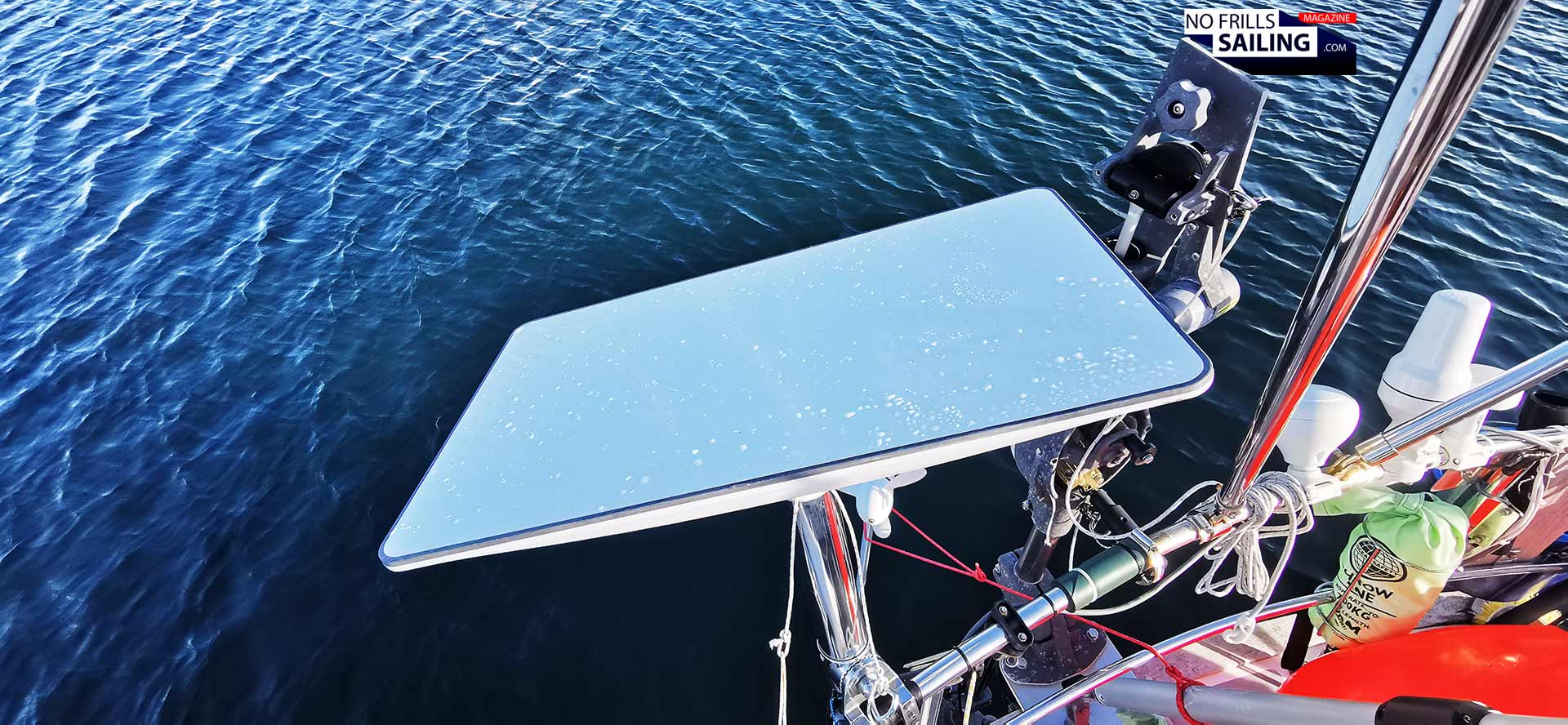
Andrea is one of the early adaptors of Elon Musk´s Starlink technology having fitted the first generation receiver already. A small box had arrived just when I was aboard: A brand new next-gen transceiver he had ordered. Why? Because smaller is better: As BIBI is sailing in rough condtions with high wind speeds and breaking waves, the smaller any device gets, the less it is prone to damage.
Unboxing the new Starlink antenna
For me it is the first encounter with this technology. We´ve had fitted onboard WiFi on many yachts before, but mainly the Yacht Sense-system of Raymarine which is working in the GSM cellphone network or, very seldom, equipment that is utilizing the classy Iridium satellite system. So, naturally, I was kind of excited to unbox this new gadget.
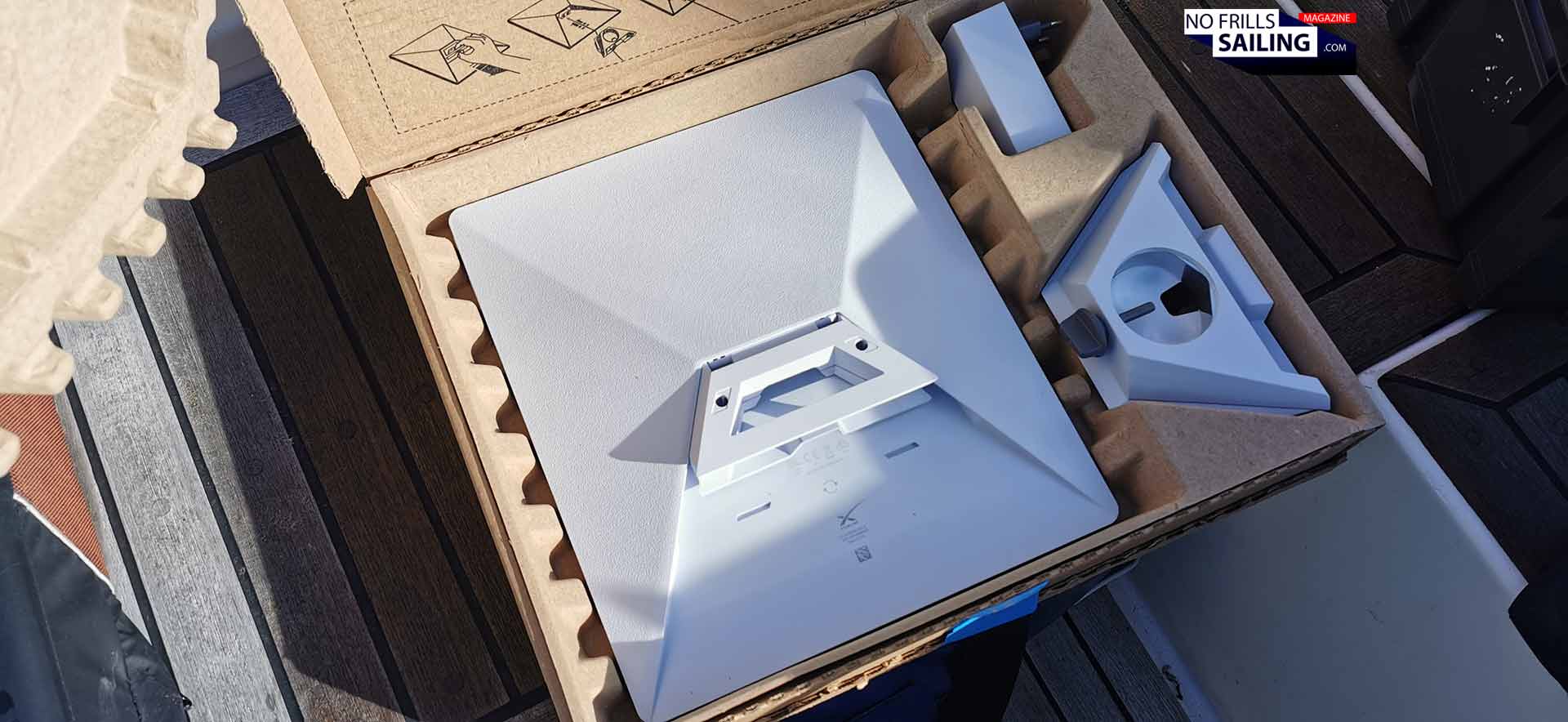
It comes in a surprisingly simple box, recycled cardbox material, some shock absorbing stuff. Starlink offers a range of three receivers in different configurations to fit the individual needs of the users. The have pre-configured sets also for sailors. Andrea webr for the „High Performance“-set with a mini antenna and a special tube connector to be fitted to the transom pulpit.
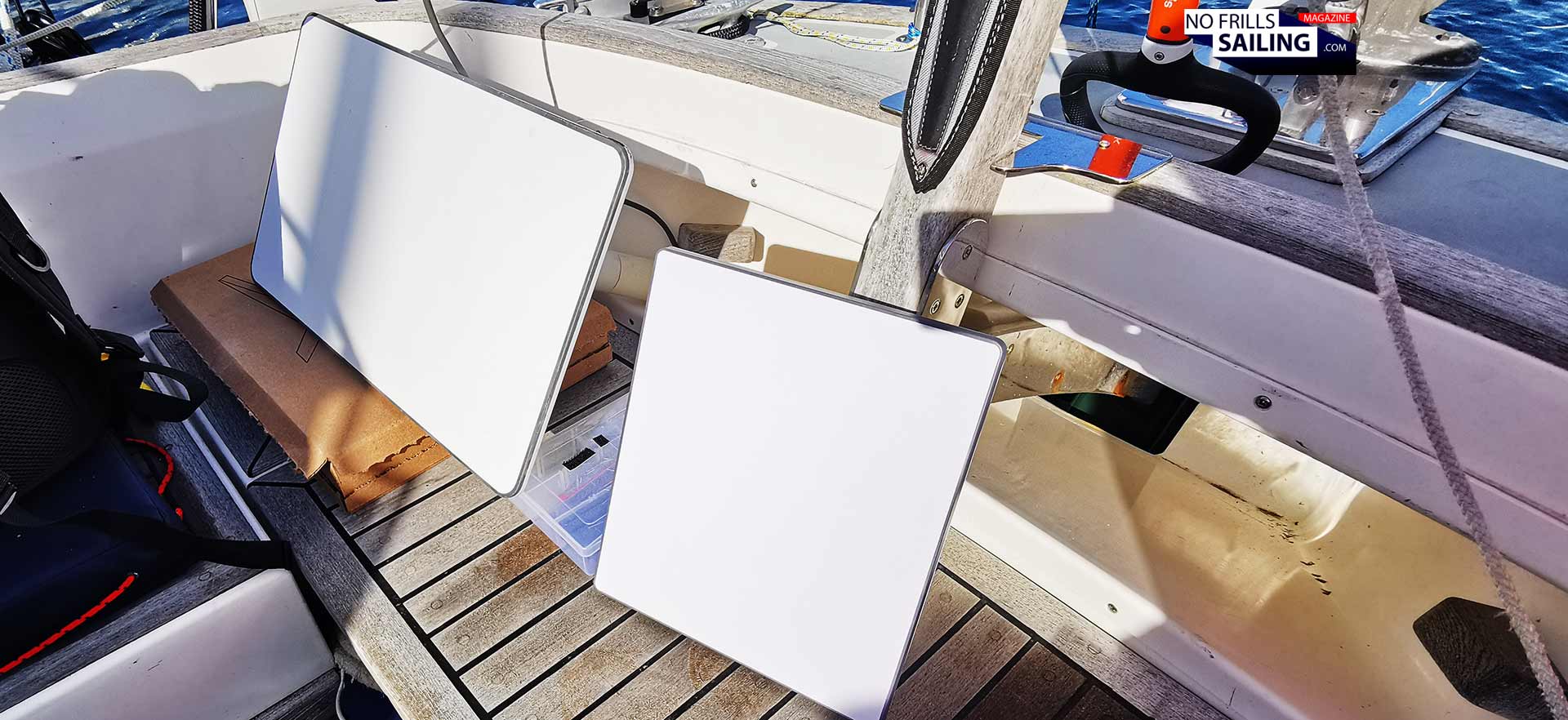
Two guys arrived with the package for installation and their first job was to take down the previus Starlink transceiver Andrea had used. It is the „Standard“ size antenna. Putting boath next to each oter for direct comparison shows the principal difference. The mini antenna measures just 57 x 51 centimeters and is pretty lightweight. Posing a much smaller surface area and coming with an easy click-on connector, mounting and dismounting the antenna (for example when bad weather is approaching) makes it much easier than it was with the „old“ standard size transceiver.
Individual adaptation of Starlink to your boat
The system is easy: The plastic connector is put into the underside of the antenna and will einrasten. It appears to have a pretty tight fit and may withstand most of the normal vibrations and heavy movements of a boat sailing through waves. The connector is screwed onto an apparently 3D-pronted thick plastic tube that can be fitted to the railing or pulpit.
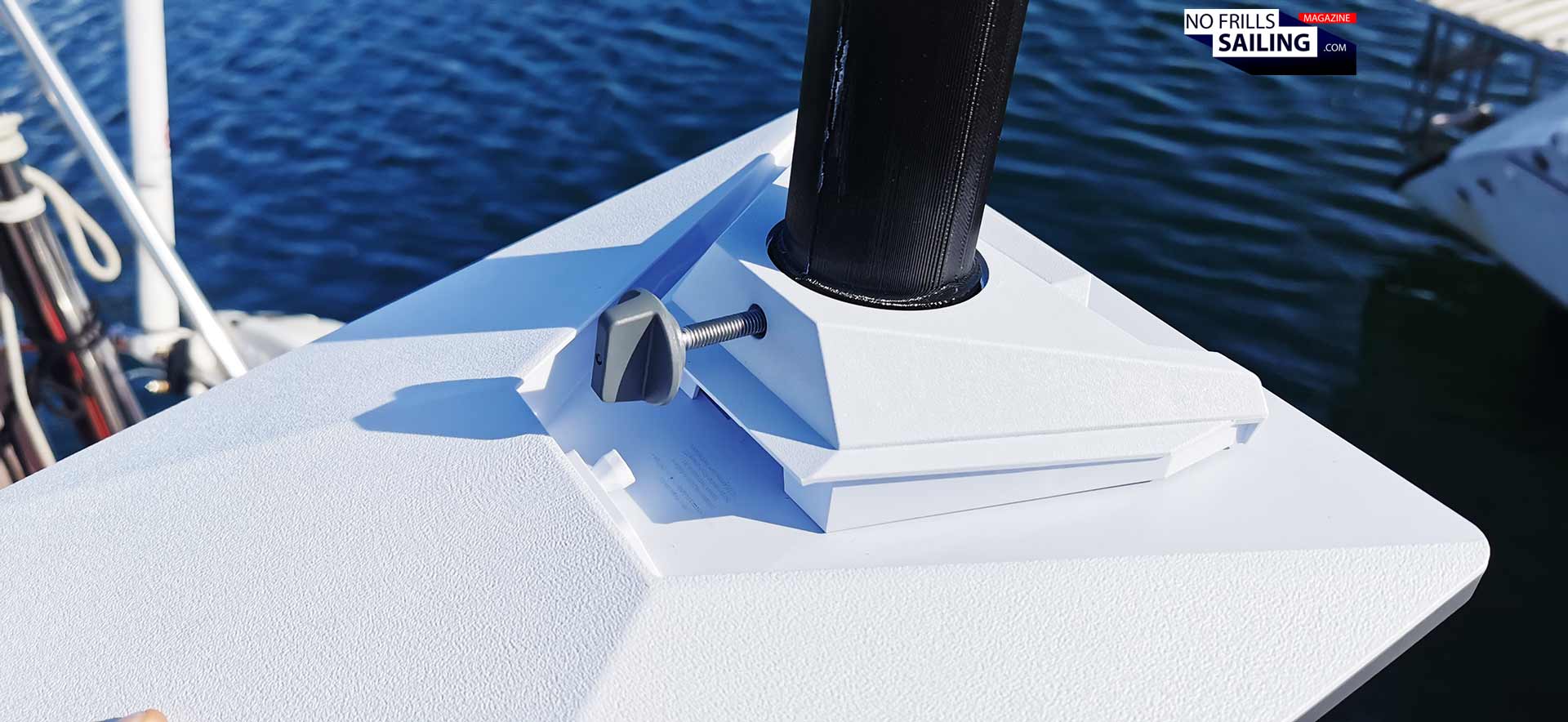
For Andrea, this wasn´t save enough: At last he is going to sail deep down south in predominantly constant severe weather with huge waves and a lot of wash to be expected. As the Starlink hardware generates a bill of just around 2.300 Euros exVAT, this is a significant spending for the antenna alone. So he skips the 3D-printed tube and goes for a stainless steel mount.
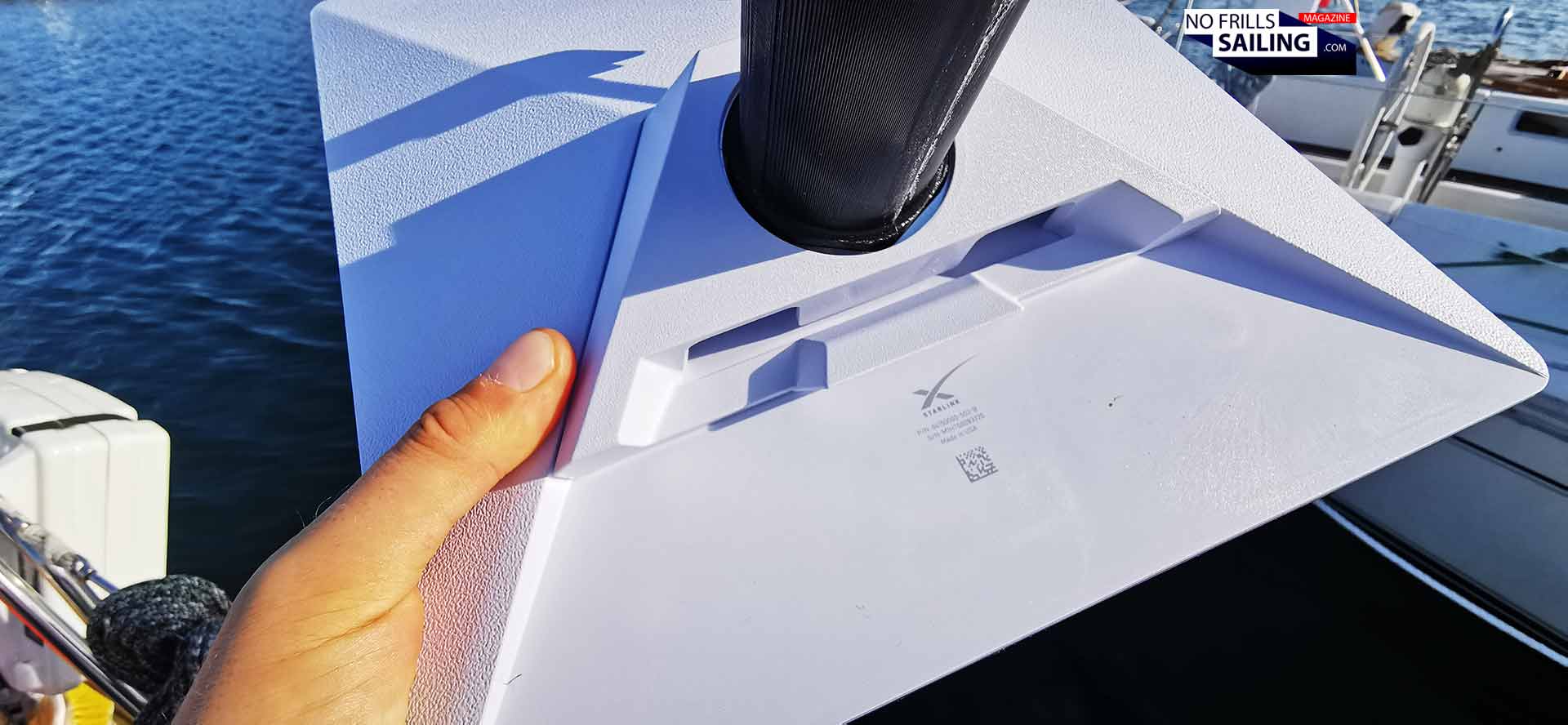
Also, the „click-system“ that secures the antenna to the base mount is custom-fitted with a steel-wired pin that, in case the antenna is broken off or the connector fails, will at least hold it to the boat and keeping it to be lost to the sea. It took the guys a while but when it was finished it made a rugged impression on me.
Installing the new Starlink antenna
What surprised me was the amount of time needed to installe the new antenna. I thought that it was just an exchange of the transceiver as energy-supply and the whole infrastructure „down the wire“ should have been the same. Nevertheless, it took the guys an hour or so to have the new hardware installed.
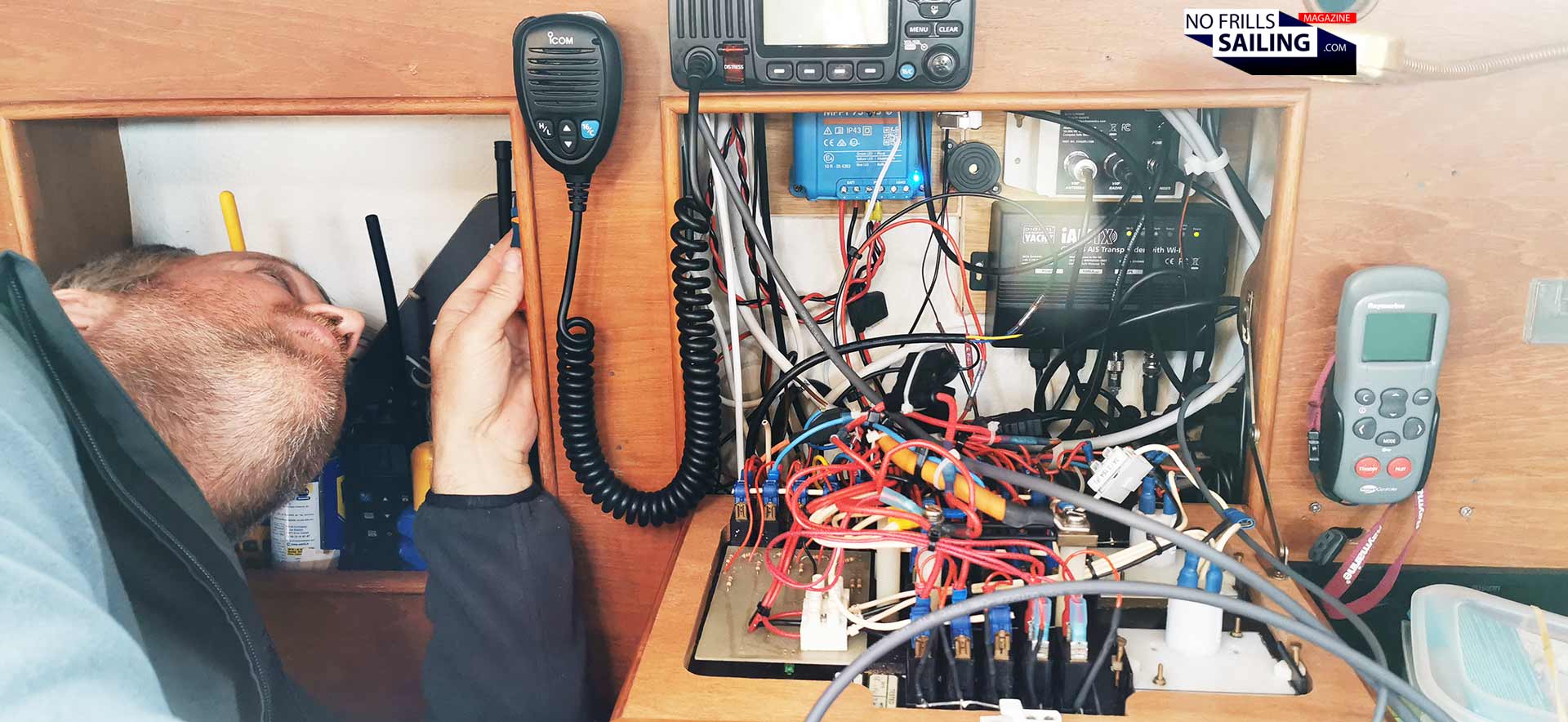
They checked connection on Andrea´s onboard computer and it worked just fine. Following the ideas of his philosophy of having redunancy for all safety-related systems aboard, the Starlink antenna now is his main source for internet connectivity. Leaving Iridium his secondary means of Wifi-supply.
Does Starlink work for you?
Internet on yachts is a huge trend in current boating nowadays. With both the high-level racing teams like the Vendeé Globe-heroes providing their skippers with latest real time weather information to adjust racing tactics to the big serial production boat companies like Beneteau massively pushing for the connected boat. If you have kids sailing with you, WiFi aboard is almost a must-have! So, Starlink offers a convenient way of securing internet connectivity everywhere you go.
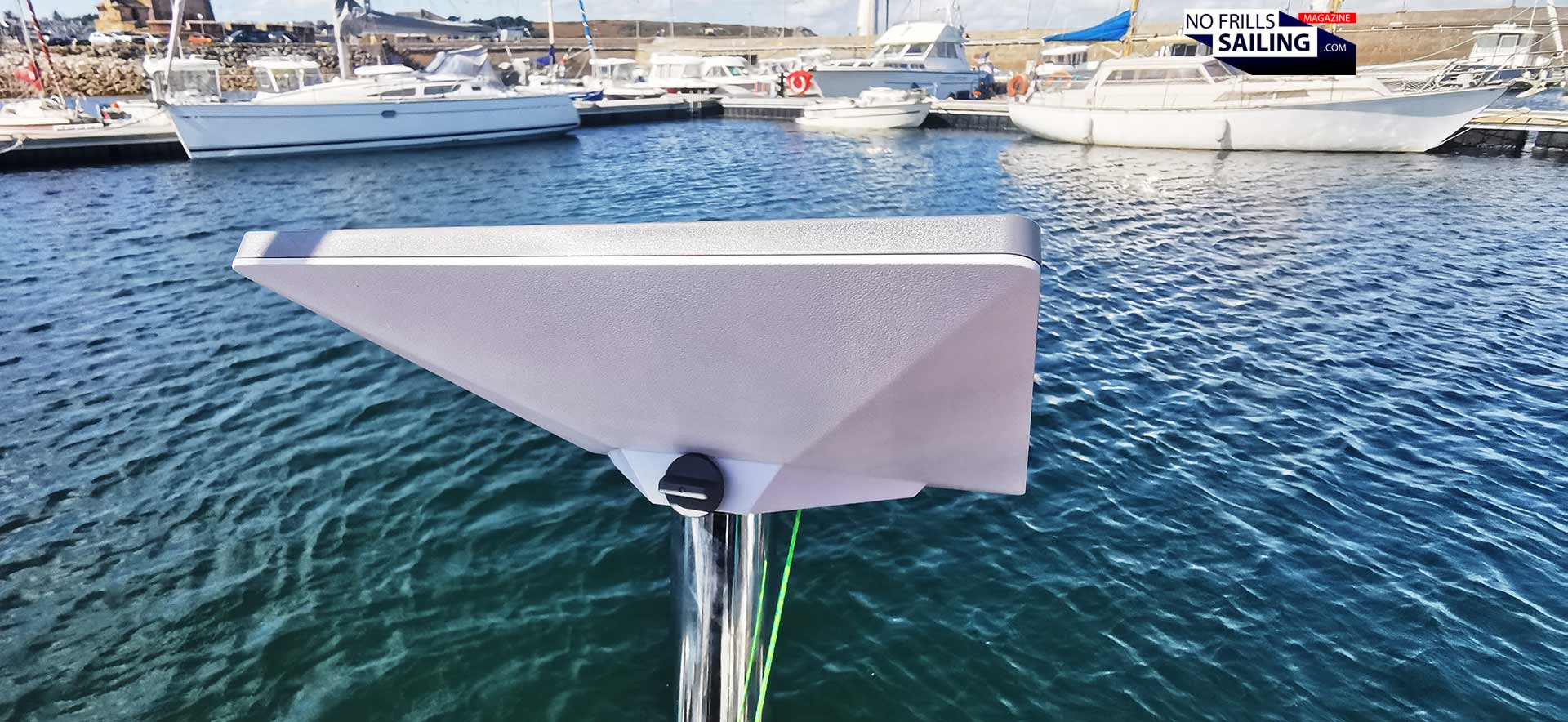
And that´s the thing: With monthly fees of around 230 Euros exVAT this is extremely expensive. Maybe just for now: Starlink is still a fairly new product and service. Maybe prices will go down a bit as we have seen with Tesla cars over time. If you are predominantly do coastal sailing and if you are using your boat occasionaly for some few holiday weeks a year and a handful of weekends, the old GSM-based internet service is certainly much more affordable. Going on the big loop and leaving the 10-mile GSM-zone? Starlink is the tool of choice for sure!
You might as well like to check these articles:
Celebrating being German aboard a sailboat
The wired boat
What´s inside an EPIRB?
